Product details
Cobras fighting Mongoose Taxidermy, Vintage, hand stitched.
Taxidermy is an ancient art form with roots stretching back thousands of years, encompassing both science and artistry in preserving the physical form of deceased animals. The word itself is derived from the Greek words “taxis” meaning arrangement and “derma” meaning skin. Taxidermy involves the careful process of preparing, stuffing, and mounting the skin of an animal onto a form to create a lifelike representation.

The practice of taxidermy has evolved significantly over time. Historically, taxidermy was primarily used for scientific study and education, allowing researchers to study and display animal specimens in a realistic manner. However, taxidermy has also found its place in art, with many artists utilizing taxidermy techniques to create unique and thought-provoking pieces.
The process of taxidermy begins with the careful removal of the animal’s skin, preserving it through various methods such as tanning or freezing. Once the skin is preserved, it is then mounted onto a form made of materials such as wire, foam, or wood, which is shaped to replicate the animal’s body structure. The taxidermist meticulously arranges the skin onto the form, ensuring that it maintains a lifelike appearance.
One of the most crucial aspects of taxidermy is attention to detail. A skilled taxidermist must have a deep understanding of anatomy and animal behavior to accurately recreate the nuances of the animal’s appearance and posture. Every aspect, from the positioning of the ears to the expression of the eyes, contributes to the realism of the final mount.
In addition to technical skill, taxidermy also requires a keen artistic eye. Taxidermists must carefully select and apply pigments to the skin to recreate the animal’s natural coloring and markings. They may also incorporate other materials such as glass eyes and synthetic fibers to enhance the realism of the mount.
While taxidermy is often associated with mammals such as deer and bears, it can also be applied to a wide range of animals, including birds, fish, and reptiles. Each species presents its own unique challenges and techniques, requiring taxidermists to continually refine their skills and knowledge.
Now, let’s delve into the fascinating world of cobras and mongooses, two iconic species known for their intense and often deadly rivalry. Cobras, with their venomous bite and iconic hood, are revered and feared in many cultures, while mongooses are celebrated for their agility and ability to take down much larger prey.
In the wild, encounters between cobras and mongooses often result in dramatic battles for survival. Cobras rely on their venomous bite to incapacitate their prey, while mongooses use their speed and agility to evade attacks and deliver swift, lethal blows. These battles can be intense and unpredictable, with both animals employing a range of tactics to gain the upper hand.
The sight of a cobra facing off against a mongoose is a mesmerizing display of nature’s raw power and instinct. The cobra, with its sleek, serpentine form, rises menacingly, its hood spread wide in a display of aggression. In response, the mongoose adopts a defensive stance, poised to strike with lightning-fast reflexes.
As the battle ensues, the cobra strikes with lightning speed, its fangs dripping with venom. The mongoose dodges and weaves, narrowly avoiding the deadly strikes. With each movement, the mongoose closes the distance, launching its own counterattacks with razor-sharp precision.
The intensity of the battle reaches its peak as the cobra and mongoose engage in a deadly dance of death. Fangs clash against claws, venom meets resistance, and the outcome hangs in the balance. In the end, only one will emerge victorious, while the other succumbs to the harsh realities of the natural world.
For taxidermists, capturing the essence of such a battle presents a unique challenge. Each mount must convey the tension and drama of the encounter, frozen in time for eternity. The taxidermist carefully positions the cobra and mongoose, capturing the dynamic movements and expressions that define their struggle for dominance.
Through meticulous attention to detail and artistic interpretation, the taxidermist brings the scene to life, immortalizing the epic clash between these two iconic adversaries. The result is a masterpiece of taxidermy, a testament to the beauty and brutality of the natural world.
Prehistoric 101 (Learn about fossils, minerals, and meteorites)
Steampunk Bugs: An Unlikely Pairing










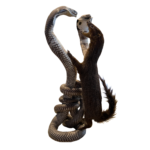
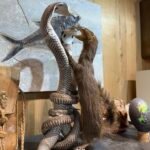
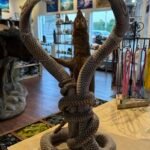

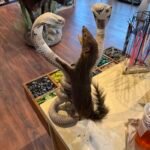
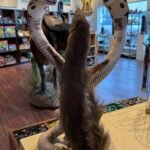


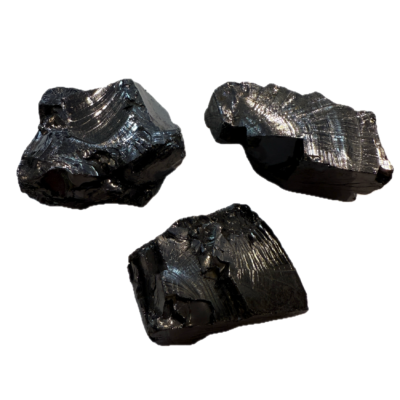
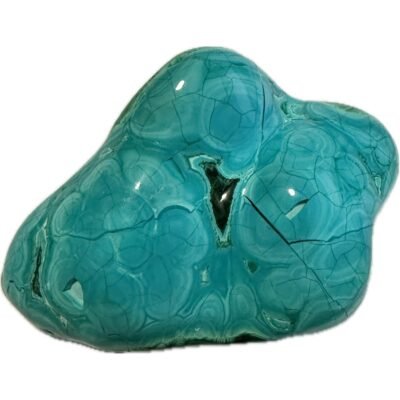
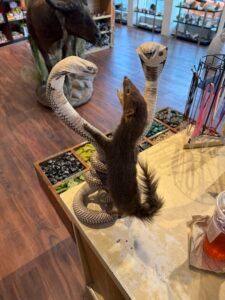
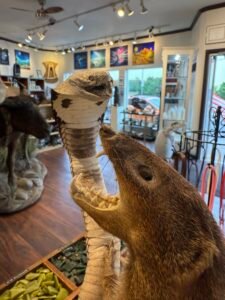
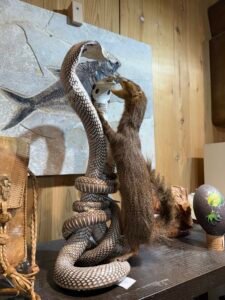


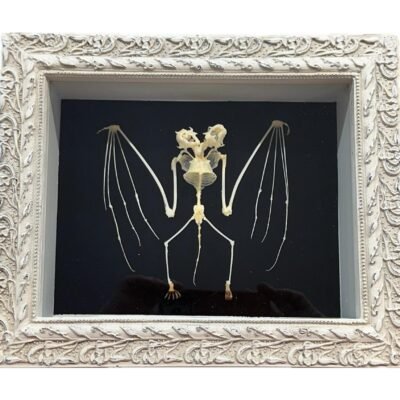
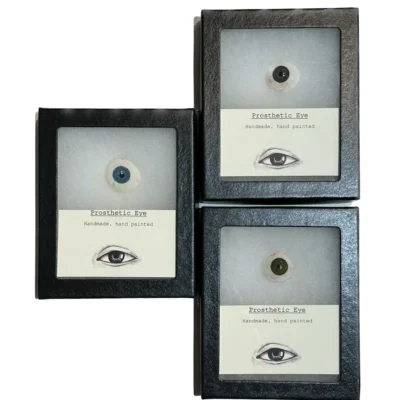

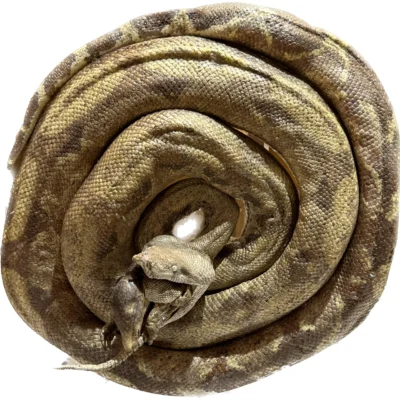
There are no reviews yet.